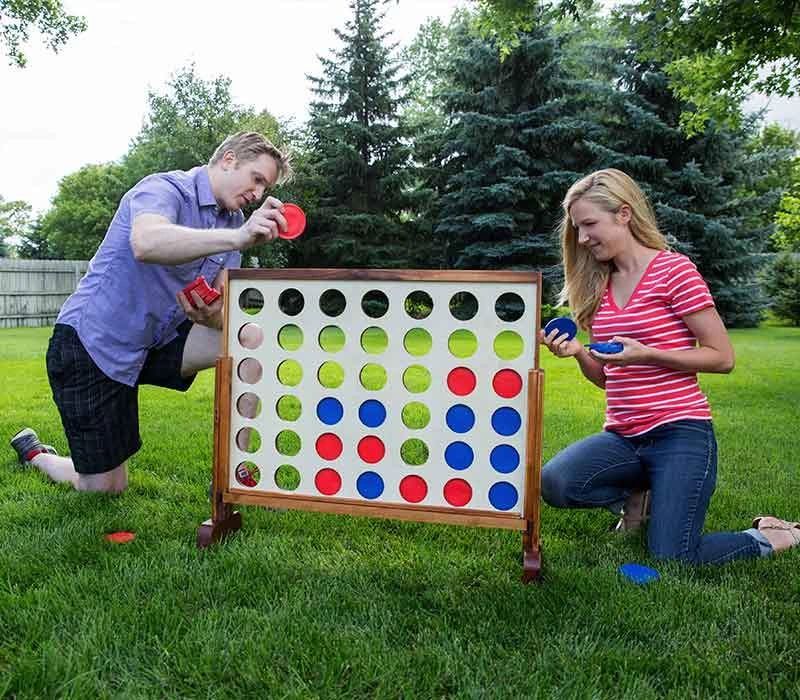|
|
Post by Steve King (Admin) on Aug 6, 2011 9:27:58 GMT -6
Wow, that sounds interesting. I don't see any reason why it can't be used. Yes, polyurethane would possibly make it a dingy yellow to see the coin and poycrylic may be too thin, but is another possibility if you want clarity. The way to test the liquid glass slideability for your bags would be to take a sanded piece of scrap wood (rectangular) and coat it with some liquid glass. Then set a corn bag at the top of the piece of board while flat on the ground and slowly lift the back end of the board. If the bag slides immediately, then it probably is too slick. If the bag stays put until you are up to probably a 45 degree angle then starts to slide, then I would say it's a fine choice. To compare, flip that piece of scrap rectangular wood and coat the other side with either polycrylic or polyurethane to test it's slide factor.
I don't know if liquid glass can be sanded like polyurethane in between coats. You would have to experiment with that piece of scrap test wood. I hope this helps.
|
|
|
|
Post by Steve King (Admin) on Aug 6, 2011 9:37:15 GMT -6
I found someone say the following elsewhere on the web:
"The plywood slides great if you put a few coats of liquid glass on it..."
|
|
|
|
Post by Steve King (Admin) on Aug 6, 2011 9:43:21 GMT -6
A nice how to video:
|
|
|
|
Post by Steve King (Admin) on Aug 6, 2011 9:46:29 GMT -6
So, as you can see from the video, you don't sand in between coats, you blow torch it to remove the bubbles.
|
|
|
|
Post by Thinblueline on Aug 6, 2011 10:05:51 GMT -6
I saw the video, liquid glass is very exspesive. I hate to purchase it and apply it and then it turn out to be to slick to use. Was wondering if anyone out there has used it yet on there boards?
|
|







